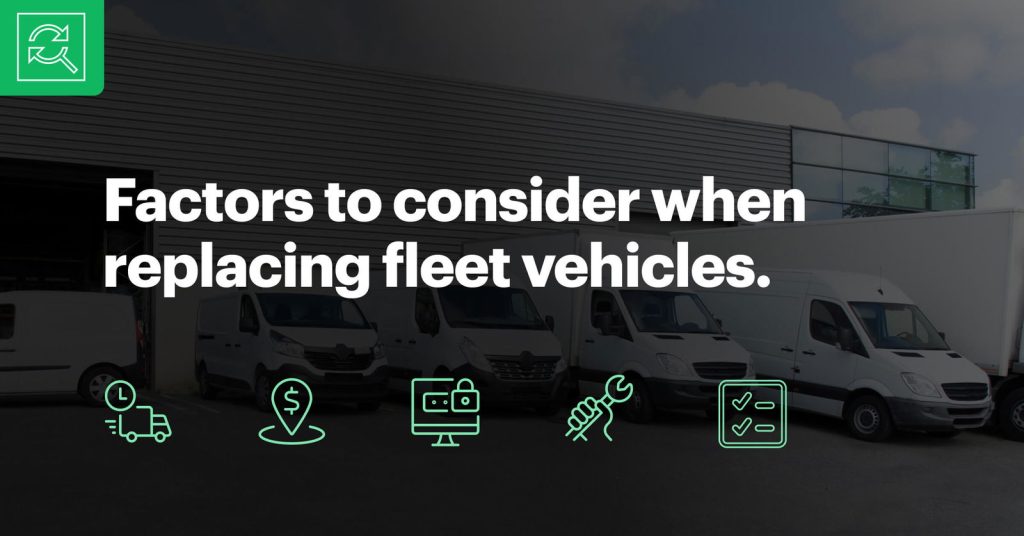

Planning for vehicle replacement and disposal is an essential aspect of fleet management that demands careful consideration. A poorly executed strategy can lead to significant financial burdens, and environmental impact, while a proactive and well-considered approach allows businesses to streamline operations, reduce costs, and ensure responsible disposal of old vehicles. This comprehensive guide will walk you through every step of the process from assessing your current fleet to choosing the best vehicle replacement options. The steps outlined will help you navigate the complexities of vehicle replacement and disposal, minimizing potential problems and maximizing returns.
Assessing Your Current Vehicle Fleet
Inventory and Condition Analysis
Understanding the current condition of your vehicle fleet is the first step in planning for replacement. A thorough inventory should include details about each vehicle’s make, model, year, mileage, maintenance history, and remaining useful life. Evaluating the current state of each vehicle allows for an accurate assessment of its remaining operational life and potential repair costs, enabling you to make data-driven decisions about replacement.
Identifying Maintenance Needs
Regular maintenance is crucial for extending the lifespan of vehicles. Analyze maintenance records for each vehicle, noting recurring problems and potential future repair costs. A proactive maintenance schedule can help prevent unexpected breakdowns and reduce unscheduled downtime, extending the lifespan of each vehicle.
Evaluating Operational Needs
Carefully consider the specific operational needs of your organization, taking into account current and future demands. Factors to consider include the types of vehicles required, the distances covered by the vehicles, and the potential need for specialized equipment. The outcome of this analysis should be a precise inventory of current vehicles and a forecast of future fleet requirements.
Defining Your Vehicle Replacement Strategy
Defining Objectives and Goals
Start by clearly defining your objectives for vehicle replacement. Ask yourself what are the key performance indicators (KPIs) you want to improve? Is it to lower operating costs, improve fuel efficiency, increase safety, or enhance sustainability? Defining goals will help shape the entire vehicle replacement strategy.
Related Post : Dealing with Unexpected Auto Repairs Costing Your Company Money.
Evaluating Replacement Options
Explore various options such as leasing, purchasing new vehicles, or acquiring used vehicles. Evaluate the financial implications of each option, considering factors like upfront costs, ongoing maintenance, fuel consumption, and resale value. Analyze the long-term cost of each approach to decide which best fits your organization’s needs.
Setting a Realistic Budget and Timeline
Establishing a realistic budget and timeline is critical for effective planning. Factor in potential unexpected expenses, ensuring adequate funding for the entire process. A clear timeline will guide each phase of the project ensuring that each step is on track, and that potential bottlenecks are avoided.
Developing a Disposal Strategy
Identifying End-of-Life Vehicles
Thoroughly inspect your fleet to identify vehicles that have reached their end-of-life. Factors include high mileage, frequent breakdowns, and increased maintenance costs.
Vehicle Disposal Options
Explore various vehicle disposal methods, including selling, scrapping, or recycling the vehicles. Carefully evaluate the environmental impact of different options. Recycling programs can help minimize environmental hazards.
Compliance with Regulations
Ensure that your vehicle disposal practices comply with all local, state, and federal regulations. Ignoring these rules could result in significant penalties. This process includes adhering to any reporting and documentation requirements.
Implementing the Plan
Communication and Training
Communicate the plan to all relevant stakeholders. Provide training and resources to ensure smooth execution. This includes training maintenance teams on new vehicles or procedures.
Tracking and Monitoring
Implement a system for tracking the progress of vehicle replacement and disposal. Monitor key performance indicators (KPIs) to measure the effectiveness of the plan. This could include tracking fuel efficiency, vehicle uptime, and disposal costs.
Review and Adjustment
Regularly review the vehicle replacement and disposal plan, making adjustments as needed based on operational demands and market changes. Flexible planning is critical to avoid being stuck in a rigid approach that can not adapt to changing situations.
Future Considerations
Sustainability and Environmental Impact
Consider the environmental impact of your vehicle choices, aiming to reduce your carbon footprint. Look into electric or hybrid vehicles, or support initiatives for greener transportation. This could include adopting electric or hybrid vehicles, or supporting government initiatives for greener transportation.
Technology Advancements
Keep abreast of advancements in vehicle technology that could impact your operations. Consider the incorporation of smart technologies, predictive maintenance, and connected vehicle systems. These technological innovations may offer significant cost savings and operational improvements.
How can I ensure responsible vehicle disposal?
Responsible vehicle disposal involves compliance with environmental regulations and adherence to local, state, and federal guidelines. Proper disposal methods not only minimize environmental impact but also avoid potential penalties. Recycling programs for end-of-life vehicles, and environmentally sound disposal procedures should be carefully researched and implemented.
In conclusion, strategically planning vehicle replacement and disposal is crucial for minimizing costs and maximizing the lifespan of your fleet. By following the steps outlined in this article, you can ensure a smooth transition and reduce potential financial and environmental burdens. Remember to factor in the various costs associated with each phase, from purchasing or leasing to disposal procedures and potential environmental impact. A well-planned vehicle replacement strategy is an investment in your company’s long-term success. Contact a vehicle management consultant for a tailored approach to your specific needs.